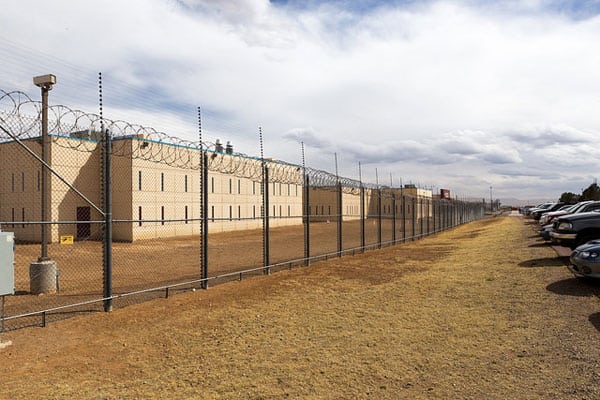
October 1, 2018; New York Times
NPQ started covering the private prison industry’s relationship to the current administration the month after Trump took office. Under Obama, their stock values had plummeted following an announcement from deputy attorney general Sally Yates announced that such enterprises would be phased out at the federal level. “They simply do not provide the same level of correctional services, programs, and resources; they do not save substantially on costs; and as noted in a 2016 report by the Department’s Office of Inspector General (OIG), they do not maintain the same level of safety and security,” Yates wrote. She said the intent was to reduce the number of prisoners in private facilities from more than 22,000 to 14,200 by May 1, 2017. In fact, of the 13,000 migrant children currently in detention, many are in facilities run by these same private prison groups. (The New York Times reports that the number of children being detained grew from 2,400 to 13,000 in the last year, and that the time each child spends in detention has doubled.)
The day after Trump was elected, the stock prices of CoreCivic (formerly the Corrections Corporation of America) and GEO Group, the country’s two major private prison operators, soared. And, indeed, AG Jeff Sessions lost no time in rescinding Yates’s order. Now, private prisons are estimated not only to house 9 percent of federal prisoners, but 73 percent of all immigrant detainees. Last year, by the way, The Nation reported that two of Sessions’ former Senate aides, David Stewart and Ryan Robichaux, became lobbyists for GEO Group, and that the two were specifically engaged to lobby on government contracting. USA Today reminds us that CoreCivic and GEO Group alone made $985 million from Immigrations and Customs Enforcement (ICE) in 2017 and ICE continues to request more beds. In other words, it is very big business.
Sign up for our free newsletters
Subscribe to NPQ's newsletters to have our top stories delivered directly to your inbox.
By signing up, you agree to our privacy policy and terms of use, and to receive messages from NPQ and our partners.
Alonzo Peña, a former deputy director at ICE, is not a fan. “It wasn’t their priority to ensure that the highest standards were being met,” Mr. Peña said. “We set up this partnership with the private industry in a way that was supposed to make things much more effective, much more economical,” he said. “But unfortunately, it was in the execution and the monitoring and the auditing we fell behind, we fell short.”
That’s exactly what the OIG’s report documented in 2016, but since then the federal government has doubled down on their use and added more than ten thousand vulnerable children to the mix.
This is one of those issues that we believe the nonprofit and philanthropic sectors should be vocally opposing as an internal humanitarian and human rights crisis, but where are our infrastructure organizations on such damnable policies? As Algernon D’Ammassa of Las Cruces Sun-News writes, “It is not only money that travels from the public domain to private coffers, but power and accountability. Citizens can still pressure public officials and agencies through protests and political campaigns, but as the system has privatized, it has rooted itself into the economy. ICE procures the services of thousands of contractors, amounting to $1.7 billion in 2017 alone.”—Ruth McCambridge













